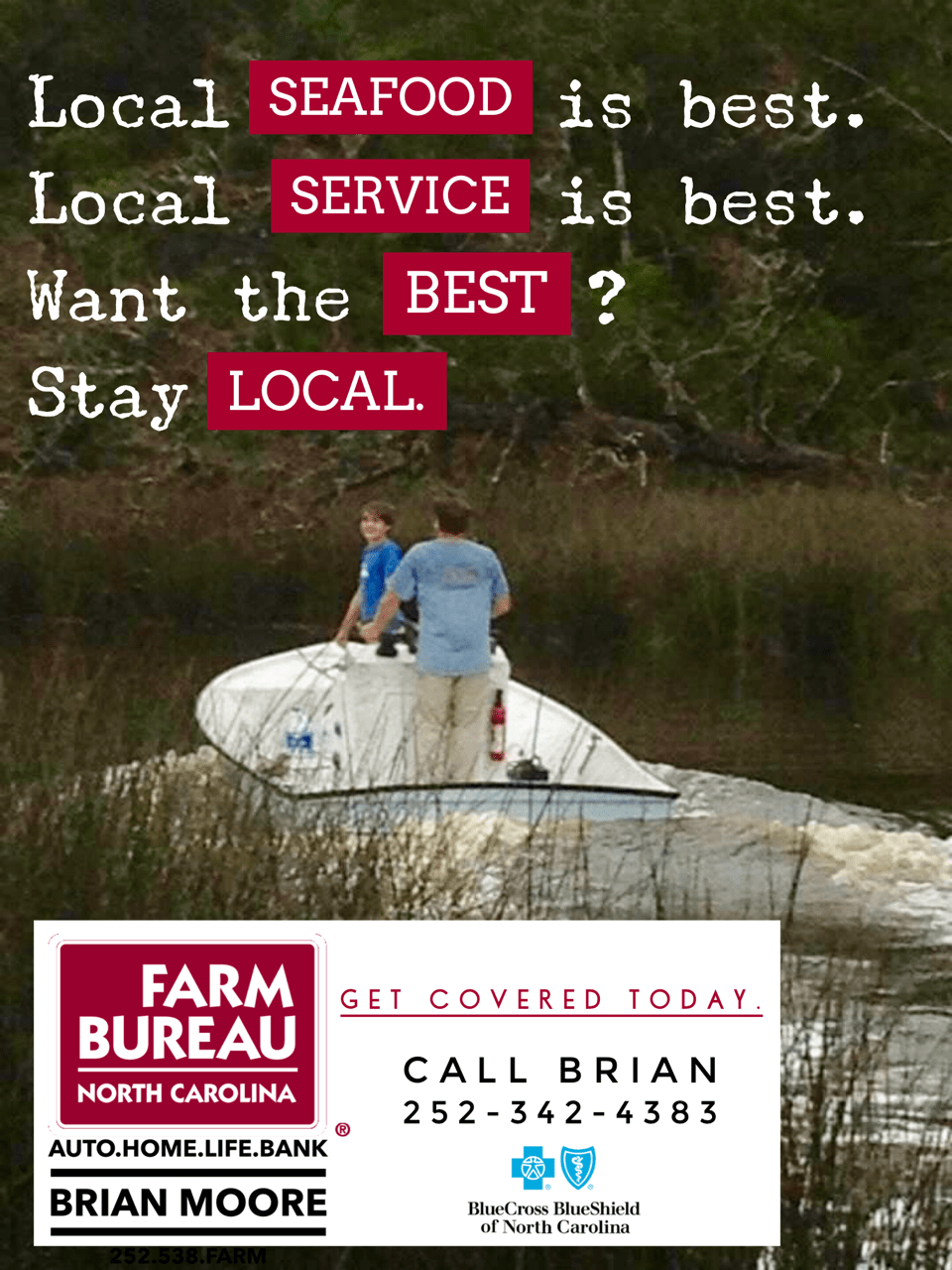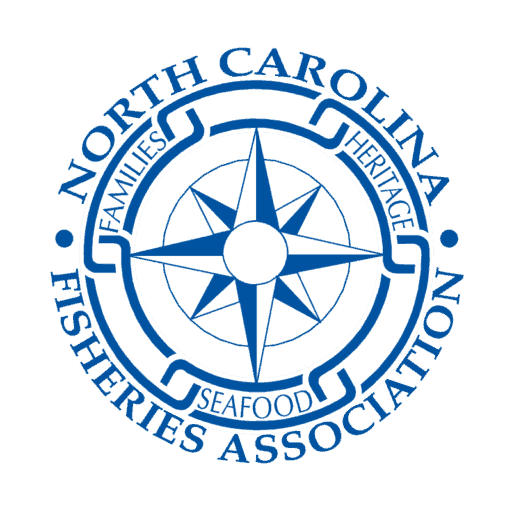What the Wildlife Federation isn’t telling you about shrimp trawling in NC!
Like the Coastal Conservation Association (CCA), the North Carolina Wildlife Federation has very strong opinions about commercial fishing, especially the use of gill nets and shrimp trawls to harvest seafood. They consistently provide their perspective on these issues to the public, and as I pointed out last week, they specialize in playing it fast and loose with the facts. I’ll certainly be providing you with more examples of the deception in the coming weeks but this week I thought I’d tell you a few things they never mention about shrimp trawling in NC.
First, North Carolina’s estuarine system is the second largest in the US, with over 2 million acres of estuarine waters where inshore shrimp trawling could occur. You probably already knew NC had one of the largest and most productive estuaries in the US.
Did you know?
- 47% of the second largest estuary in the US (1,207,463 acres or 1,886 square miles) is permanently closed to shrimp trawling.
- All inshore waters are closed to trawling on weekends from 9pm Friday until 5pm Sunday (44 hours or 26% of each week)
- Another 200,000+ acres are seasonally closed to trawling.
That’s right, nearly half of the nation’s second largest estuary is closed 100% of the year and 26% of the year the entire estuary is closed to shrimp trawling. NC has more acres of estuarine waters permanently closed to shrimp trawling than many coastal states have in total.
While the area closures protect critical estuarine habitat and provide a haven for juvenile finfish the weekend closure creates a window where, for 26% of each week, month, or year, finfish can move, freely, to and from our estuaries without encountering a shrimp trawl.
Second, NC limits the size of the shrimp trawls that can be used in our inshore waters.
- In the areas of our smaller sounds and rivers, that are open to shrimp trawling, a maximum headrope length of 90 feet is allowed
- In Pamlico Sound and its tributaries, a maximum headrope length of 220 feet is allowed
The headrope length is the length of the top line of a shrimp trawl or the combined length of multiple trawls pulled by one vessel. The headrope length does not equal the exact amount of area covered by the shrimp trawl, as is often suggested by the CCA or Wildlife Federation. Only the largest trawlers pull the maximum allowed 220 feet of headrope. Over 75 % of North Carolina’s shrimp trawl fleet is made up of boats 60 feet in length or smaller and generally pull much smaller nets than the maximum allowed 220 feet. This said, the average headrope length for our commercial shrimp trawl fishery is 75 feet, a far cry from the 220 feet you often hear from special interests’ groups.
Third, effort in North Carolinas shrimp trawl fishery has declined significantly in recent years, as it has in most of our state’s commercial fisheries. Since the passage of the Fisheries Reform Act in 1997 the number of participants, trips, and vessels in NC’s shrimp trawl fishery have all declined by 60% or more.
|
|
Participants (Commercial Fishing License Holders) |
Trips |
Vessels (inshore and ocean waters) |
|
1997 |
832 |
16634 |
962 |
|
2020 |
347 |
5281 |
389 |
It’s important to remember that the numbers above represent the number of shrimp trawl participants, trips, and vessels for all NC waters, inshore and ocean. Approximately half of the shrimp trawl trips in 2020 were in the ocean meaning there were less than 3,000 inshore trips that year.
Reality is much different than the claims of “large scale inshore trawling “. Isn’t it?
Finally, North Carolina leads the nation in the reduction of shrimp trawl bycatch.
- NC requires all shrimp trawls, retrieved by mechanical means, to be equipped with turtle excluder devices, certified to reduce the accidental capture of sea turtles by at least 97%.
- In 1992 NC became the first state to require the use of finfish excluders in shrimp trawls and did so prior to the implementation of Federal Bycatch Reduction Devices.
- In 2015 NC became the first, and only state to require the use of 2 finfish excluders, each independently certified to reduce the bycatch of finfish by at least 30%
- In 2019 NC required all shrimp trawlers operating in Pamlico Sound and its tributaries to use a combination of bycatch reduction devices (BRD’s), shown to reduce the bycatch of finfish by 40% to 55% more than the previous BRD requirements. This made NC the first, and only state to reduce the bycatch of finfish by nearly double the federal requirements.
- Development and testing of bycatch reduction devices, in NC, continues in an effort to achieve further reductions.
In summary, through gear development and testing, gear restrictions, area closures and time closures, NC has successfully protected critical habitat, reduced bycatch, and maintained a viable inshore shrimp trawl fishery. In other words, North Carolina has chosen to manage the shrimp trawl fishery rather than eliminate it.
I bet you’ve never seen any of this information in an email from the CCA or Wildlife Federation. Have you?
Just imagine what they’re not telling you about gill nets, gamefish bills, commercial gear bans, etc.
Please share this information with anyone you can and stay tuned for more.
Thanks for helping us set the record straight.
Glenn Skinner
North Carolina Fisheries Association, Inc- Executive Director
UPDATE for 1.10.2022
GENERAL ASSEMBLY:
Right now all eyes are on the courts as a ruling is expected today or tomorrow on whether or not the new Congressional and state legislative districts will stand. The primary elections have already been pushed back to May 17th so it makes it very difficult for candidates to campaign since they’re unsure of what the courts may decide. Regardless of what comes out this week, the ruling will more than likely be appealed to the state Supreme Court.
All we can say is, “stay tuned”.
We’ll report any updates as they happen.
God bless,
Jerry

